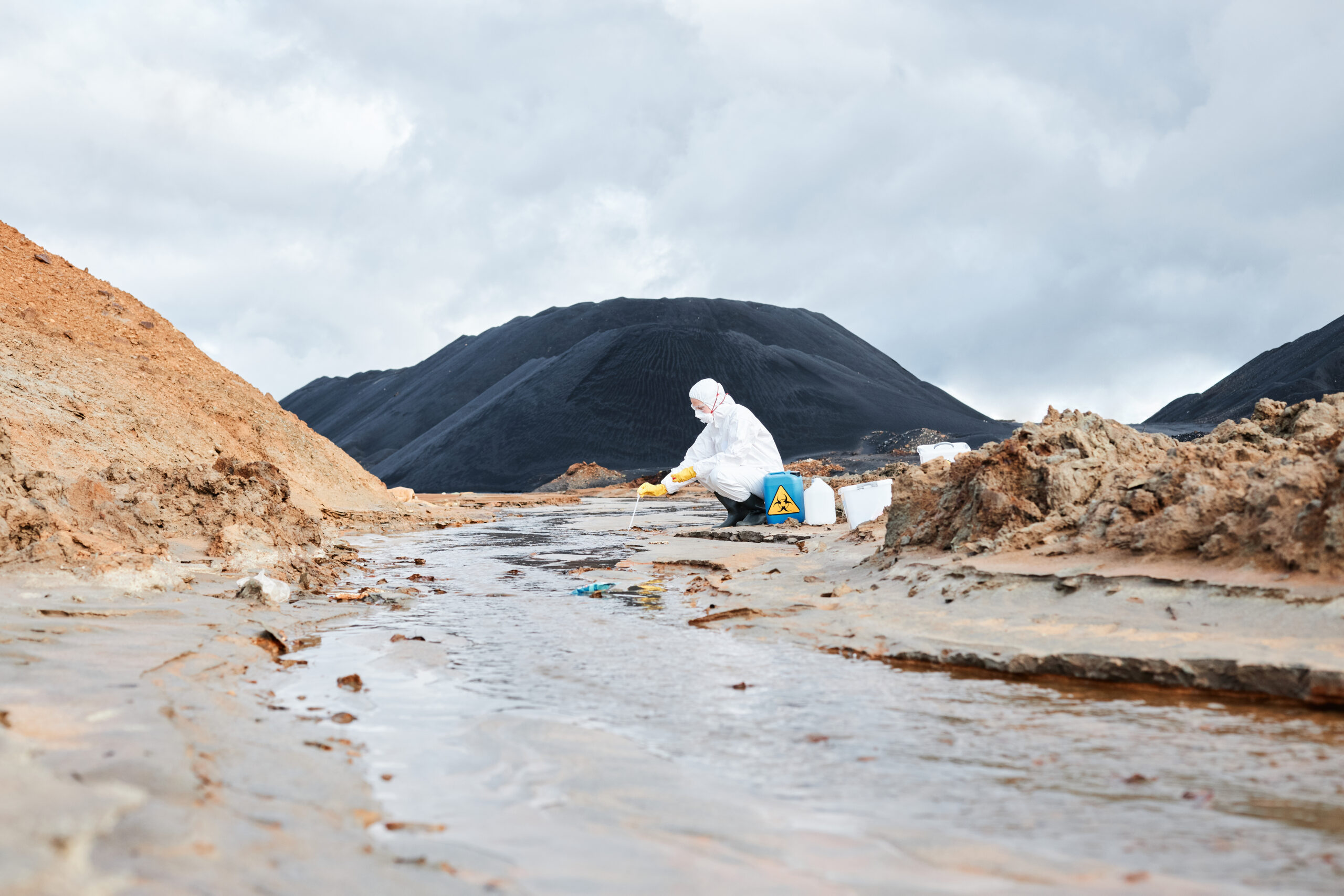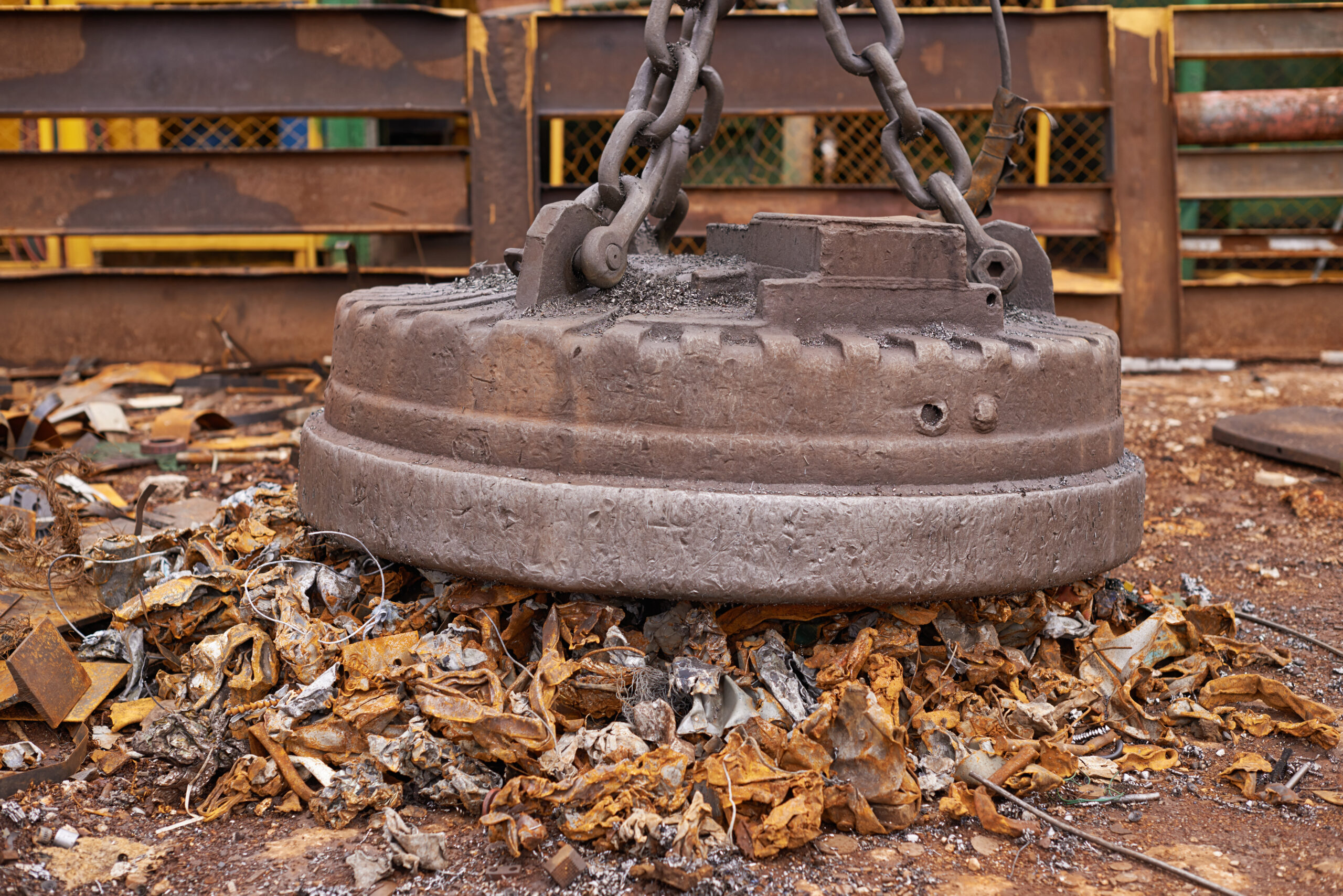In a world where every discarded item tells a story, recycling is not just as a solution to waste, but as a gateway to unlocking untold potential hidden within our trash. Recycling is a pivotal practice that shapes our efforts towards a greener future. Among the array of materials being recycled worldwide, magnets often remain overlooked despite their crucial role across numerous industries. Which is why HARMONY steps forward to raise awareness for magnet recycling, underscoring its vital role in building a healthier planet and fostering resilience for the future.
The world’s reliance on magnets, particularly in electronic devices and industrial applications, is substantial. However, the production and disposal of magnets present significant challenges. Traditional magnet production, particularly those containing rare earth elements like Neodymium (Nd) and Dysprosium (Dy), entails extensive mining efforts, often under environmentally damaging conditions. These activities result in habitat destruction, water pollution, and greenhouse gas emissions. Additionally, end-of-life magnets contribute to landfill waste, perpetuating the linear model of resource consumption.

The mining of rare earth elements leads to environmental pollution in the surrounding areas.

Discarded end-of-life magnets accumulate in landfills and contributing to environmental challenges.
The HARMONY project aims to address these challenges and develop novel methods of recycling rare earth elements from end-of-life magnets.
As Pranali Jadhav from the project partner MEAB emphasises, “Recycling of magnets has always been one of the most challenging topics with respect to sustainability. HARMONY presents a great opportunity to research and tackle this, along with the recovery of critical raw materials. Instead of discarding magnets at the end of their life cycle, they can be collected, processed, and reused, promoting a circular economy where resources are used efficiently, reducing the need for virgin materials and minimising waste generation.”
Recycling magnets requires less energy compared to extracting and refining raw materials, resulting in lower greenhouse gas emissions and aiding in combating climate change. By opting for recycled magnets, industries can shrink their carbon footprint and costs simultaneously and contribute to a more sustainable future.

Hüseyin Eren Obuz from circular economy university TU Clausthal (TUC) highlights, “The TUC, as a representative of circular science and regions in the EU, believes it is crucial to recycle permanent magnets for a sustainable circular economy.” This sentiment is echoed by his colleague, Bengi Yagmurlu, who stresses that magnet recycling will also bolster EU economic independence and prosperity.
The recovered valuable materials can be reused in manufacturing processes, reducing production costs for new magnets and creating opportunities for businesses involved in recycling and resource recovery. Furthermore, the development of innovative recycling technologies for magnets and rare earth elements strengthens the value chains for magnet raw materials like the rare earth elements Neodymium and Dysprosium. By establishing resilient value chains for raw materials, reliance on external sources is reduced and a stable supply of critical materials for manufacturing is ensured.
In the broader landscape of sustainability, every action matters. Magnet recycling may seem like a small piece of the puzzle , but its impact is profound. With initiatives like HARMONY leading the way, magnet recycling becomes not just a solution, but a milestone in our quest for a sustainable future. By embracing magnet recycling, we pave the way for economic independence, environmental stewardship, and a brighter tomorrow for generations to come.
